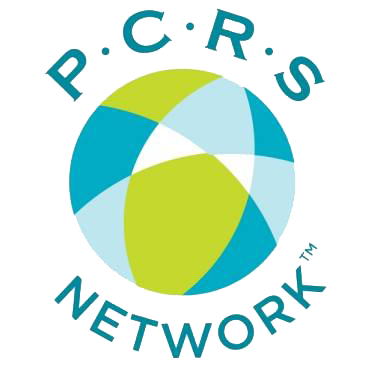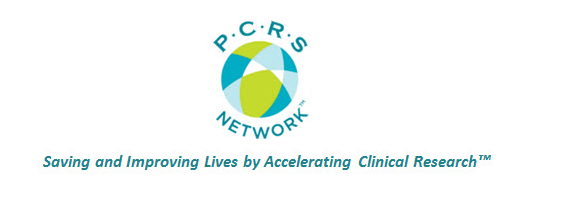The World Health Organization estimates that over 125,000 people die every day of diseases worldwide. Infections alone account for 26,000 deaths daily. That is a staggering number.
It is no secret that it takes roughly 12 years to bring a new drug to market, 6 to 7 of which are the clinical research phases. In human terms, every day we can eliminate from study delays overall saves lives.
Most people I know who are involved in clinical research are committed to the cause of finding cures and bringing better therapies to market as quickly as possible. Few have any control though over the activities involved pre and post-clinical trials. Even so, we can each make a difference where we are.
It has almost become sport to sit back and point out the efficiencies of other parties in the process. All the while, inefficiencies probably abound within your own organization.
Consider just a few causes of delays that come to mind:
- Poorly conceived protocols that result in amendments
- Non-core procedures and data that increase the time required to complete subject visits and to enter and evaluate data
- Ineffective recruitment processes that delay study accrual
- Slow response to queries
- Slow response to email and other communications
- Conflicting policies
- Delays in IRB approvals that stall enrollment
- Redundant processes
Obviously not an exhaustive list, you can probably think of many more causes of delays.
A few examples amplify the opportunity to save time in conducting clinical research studies. First, a study conducted in 2012 by the Tufts Center for the Study of Drug Development found that an average of 22.3% of all clinical trial procedures are considered to be non-core[i]. Certainly there is justification for performing some of these procedures, but collection of purely extraneous data only adds to the time and cost to complete clinical trials.
Second, although social media is routinely used successfully by many Sites, many study Sponsors will only reimburse sites for out-of-pocket costs for traditional advertising. In one study [ii] the authors found use of social media to be 12 time more effective than recruitment using traditional sources. Recruitment via social media requires staff time, so there is a direct cost to Sites. It appears that time can be saved by adopting new and evolving recruitment methodologies, which should be supported by Sponsors.
In a third study evaluating the cause of queries for a multi-national study[iii]
- 15% were due to missing baseline or event ECGs
- 23.1% were due to missing dates or signature
- 14.7% were due to erroneous or inconsistent Subject Identifiers
Mistakes happen, but the above demonstrates that just a little additional care by sites in collecting and reporting data could decrease the time required by both Monitors and Site staff and reduce study delays.
No one, whether Sponsor, CRO, Site, or IRB, own the whole problem, but we all have a stake in creating solutions.
So, what can you do today to minimize delays over which you exercise some control?
Copyright © 2014, PCRS Network. ALL RIGHTS RESERVED WORLDWIDE.
[i] Extraneous Data Collected in Clinical Trials Cost Drug Developers $4 Billion to $6 Billion Annually, http://csdd.tufts.edu/news/complete_story/pr_ir_nov-dec_2012 [ii]Shere M, Zhao XY, Koren G (2014) The Role of Social Media in Recruiting for Clinical Trials in Pregnancy. PLoS ONE 9(3): e92744. doi:10.1371/journal.pone.0092744 [iii] Elizabeth P Tolmie, Eleanor M Dinnett, […], and Allan Gaw (2011) Clinical Trials: Minimising source data queries to streamline endpoint adjudication in a large multi-national trial http://www.ncbi.nlm.nih.gov/pmc/articles/PMC3115878/

